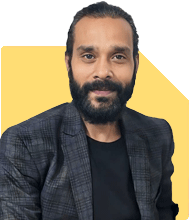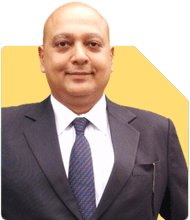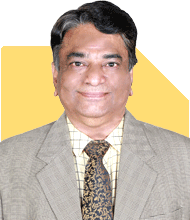Future Growth for Indian LLB in PG Law (UK, USA, Germany)?
Dr Pananjay K Tiwari | Answer |Ask -Follow
Study Abroad Expert - Answered on Sep 02, 2024
They also guide PhD students who are studying internationally with their research.
Dr Pananjay has 21 years of academic and research experience and has published several books and research papers in various Indian and international journals.
He is a gold medallist with a master’s degree in science and a PhD in environmental sciences from the Hemvati Nandan Bahuguna Garhwal Central University, Uttarakhand.... more

My faughter is 5 years LLB mumbai universiry and working with a law firm for 3 years in mumbai in civil litigation especially in arbitration cases. Now we want to send her abroad UK or USA, GERMANY. What is the scope of her future growth in PG Law there , with what specialisation and which country. We have financial limitations but she is a first class scorer from 10th onwards. Can you guide us?
Regards
You can visit us at www.shreeoverseaseducation.com
You may like to see similar questions and answers below
Sushil Sukhwani | Answer |Ask -Follow
Study Abroad Expert - Answered on Nov 22, 2023
Sushil Sukhwani | Answer |Ask -Follow
Study Abroad Expert - Answered on Sep 12, 2024
Maxim Emmanuel | Answer |Ask -Follow
Soft Skills Trainer - Answered on Jul 29, 2024
Dr Karan Gupta | Answer |Ask -Follow
International Education Counsellor - Answered on Aug 20, 2025
Ramalingam Kalirajan |10906 Answers |Ask -Follow
Mutual Funds, Financial Planning Expert - Answered on Dec 19, 2025
Nayagam P P |10859 Answers |Ask -Follow
Career Counsellor - Answered on Dec 19, 2025
Ramalingam Kalirajan |10906 Answers |Ask -Follow
Mutual Funds, Financial Planning Expert - Answered on Dec 19, 2025
Ramalingam Kalirajan |10906 Answers |Ask -Follow
Mutual Funds, Financial Planning Expert - Answered on Dec 19, 2025
Ramalingam Kalirajan |10906 Answers |Ask -Follow
Mutual Funds, Financial Planning Expert - Answered on Dec 19, 2025
Radheshyam Zanwar |6751 Answers |Ask -Follow
MHT-CET, IIT-JEE, NEET-UG Expert - Answered on Dec 19, 2025
Radheshyam Zanwar |6751 Answers |Ask -Follow
MHT-CET, IIT-JEE, NEET-UG Expert - Answered on Dec 19, 2025
Samraat Jadhav |2514 Answers |Ask -Follow
Stock Market Expert - Answered on Dec 18, 2025
Reetika Sharma |432 Answers |Ask -Follow
Financial Planner, MF and Insurance Expert - Answered on Dec 18, 2025
Reetika Sharma |432 Answers |Ask -Follow
Financial Planner, MF and Insurance Expert - Answered on Dec 18, 2025

























